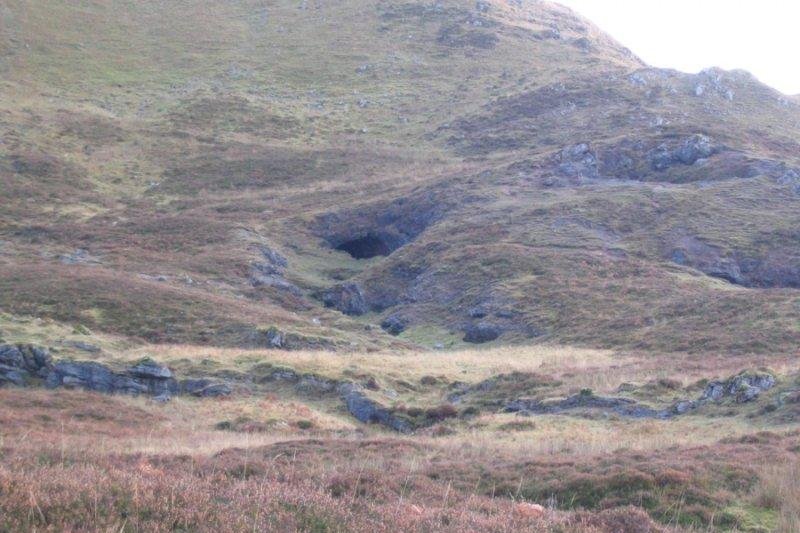Roaring Cave in Scotland. Photo by UNSW/Baker
SYDNEY, June 15 (UPI) -- A series of stalagmites in a Scottish cave have offered scientists a window back in time, revealing ancient climate variations that may have precipitated historical and societal changes in Europe.
"Our research provides a climate context for some of the big human migration events in Europe and allows us to start building hypotheses about the impact of environment on societal change," lead researcher Andy Baker, a professor at the University of New South Wales, explained in a press release.
By measuring the different limestone formations in Roaring Cave -- a small cave covered by a layer of peat in northwest Scotland -- researchers were able to plot changing precipitation patterns. Prolonged periods of heavy rainfall corresponded with accelerated stalagmite growth.
Precipitation patterns helped scientists build a timeline charting the ebb and flow of a climate phenomenon called the North Atlantic Oscillation, thus revealing climatic variations across a 3000-year period from about 1000 BCE to 2000 CE.
"We painstakingly measured the thickness of each annual growth ring in five stalagmites taken from the cave, including one that provides a continuous annual record spanning more than 1800 years," Baker said.
Researchers know that different phases (positive and negative) of the North Atlantic Oscillation predict regional weather patterns.
"It confirms that the during the Medieval Warm Period between 1080 and 1430 the oscillation index was in an unusually prolonged positive phase, which brings increased rain to Scotland and drier conditions in the western Mediterranean," remarked Baker, head of Connected Waters Initiative Research Center.
Researchers say the new data may help them connect the dots between climatic changes and societal shifts in ancient Europe.
"Our results also reveal there was another persistent positive phase between 290 and 550, which coincides with the decline of Rome and a period of intensified human migration in southern Europe during the Dark Ages," Baker explained.
"This was followed by a persistent negative phase between 600 and 900 which may have provided warm and dry conditions in northwestern Europe that made it suitable for westward expansion by the Vikings, although the precise timing of this event is contested."
The new research was published in the Nature journal Scientific Reports.















